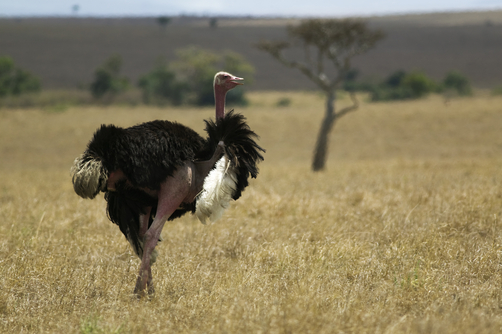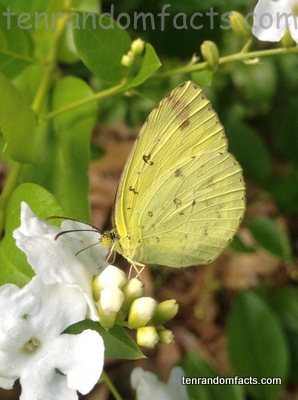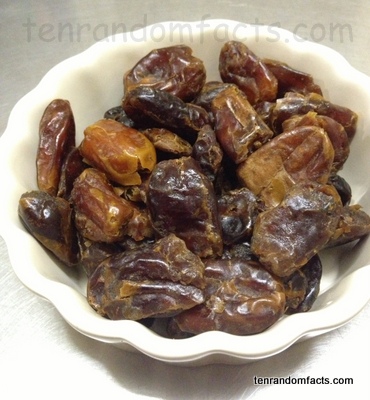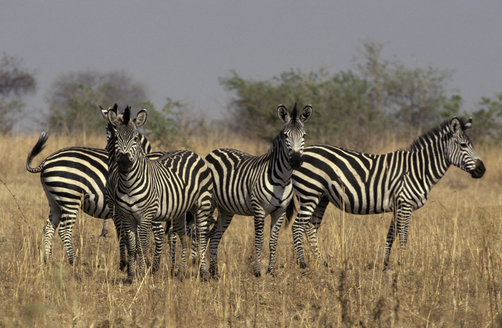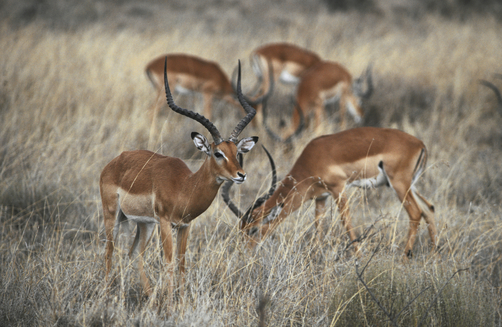
Hoofed and horned, the antelopes.
- Antelope are hoofed animals that look similar to deer and belong to the Bovidae family which is the family of cloven-hoofed mammals, that includes sheep, cattle, goats and buffalo.
- Antelope are native to Africa, Asia and Europe, with about 70 of the species, which is the majority, belonging to Africa.
- All male antelope have permanent horns, which most females also have, that are used for fighting and defence.
- Depending on the species, antelope can be as small as 24 cm (9.4 inches) in height like the royal antelope, or as large as 178cm (70 inches), like the common eland.
- Antelope are typically brown, tan or red in colour, while a white underbelly is common, and their fastest speed is 70km/h (43m/h) with some species jumping over 2 meters (6 feet) high.
Antelope
Image courtesy of National Geographic
- Antelope have sharp hearing and eyesight, and they use these senses to detect predators like crocodiles, cheetahs, lions and hyenas.
- Antelope typically live in herds, sometimes in herds of up to 800, which can be used as a defence against predators, although some of the forest species only have a handful of animals in a herd.
- Many native people believe that some antelopes have horns with special powers, and the horns of the saiga antelope are used in traditional Chinese medicine.
- Antelope are found in a variety of habitats including woodlands, savannahs, grasslands and forests, where their diet is mainly grass.
- In 2009, 25 of the 91 species of antelope were endangered, which was worse than 13 years earlier in 1996.
Bibliography:
Antelope, 2013, A-Z Animals, <http://a-z-animals.com/animals/antelope/>
Antelope, 2013, San Diego Zoo, <http://animals.sandiegozoo.org/animals/antelope>
Antelope, 2013, Wikipedia, <http://en.wikipedia.org/wiki/Antelope>






